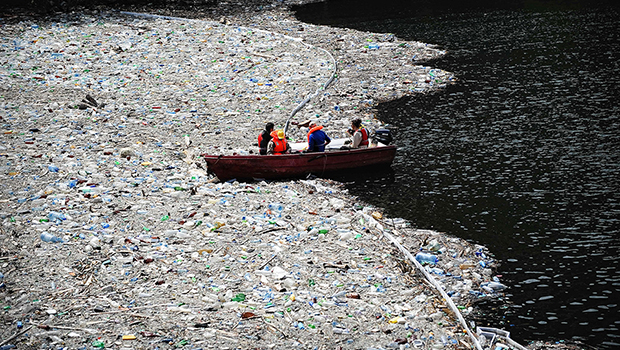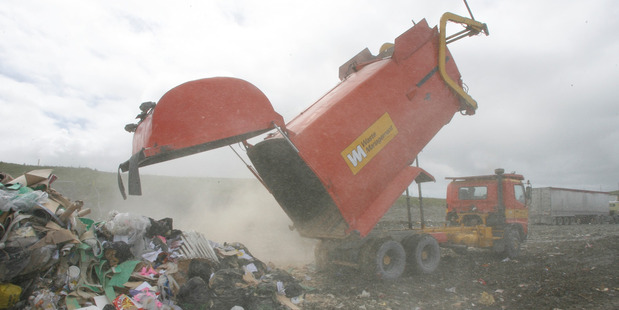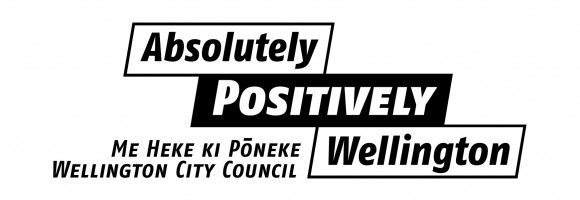Government caught with hidden pollution budget blowout
The bean counters at the Treasury have warned government that failing to reduce pollution in New Zealand could cost the taxpayer an eye watering, economy wrecking $52 billion. And John Key’s government want to keep the public in the dark about it.
On the eve of the Government delivering yet another broken budget and a seventh consecutive overspend, one of John Key’s ministers yesterday said Treasury should keep the true cost of climate pollution from the public.
When asked about this figure in Parliament, the reply from Tim Groser was “what Treasury got wrong was that it did not use sufficiently sophisticated software to conceal the redacted information”. In other words, don’t front it to the public.
The Government is currently running a hurried consultation on what pollution reduction targets should be submitted as part of our contribution to solve climate change. And to justify doing next to nothing, they are arguing that the cost of taking pollution out of the economy would be too great.
Yet the reality is that failing to act would cause a budget blow out that would bring our nation to its knees.
See, the maths on this is pretty simple. New Zealand could continue to be part of the problem of climate change by opening up vast areas of our coastline and wild areas to oil and gas exploration and turn a blind eye to the massive impact that dairy pollution is having on our rivers and streams. Both of which threaten to cost you, me and our children tens of billions of dollars.
Or we could be part of the solution. By taking real climate action, we could create many tens of thousands of job in our clean energy industries, give our economy a year on year multi-billion dollar boost and slash our oil import bill by $7 billion. We could run our transport system largely on clean energy and power our homes with solar, cutting our household bills.
Taxpayers deserve to know the true cost of pollution to our economy and the risk it poses to our prosperity and well-being, not have inconvenient facts swept under the carpet.
New Zealand deserves a real climate action plan and sound economic management. So please click here to take action now and demand that the Government acts to take pollution out of our economy and safeguard the financial future for all New Zealanders.

Source: Greenpeace















